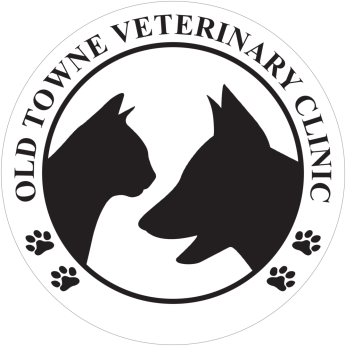
“You’re allergic? Whoops.”
Cat dander, which holds the allergens that set off the sneezing, the itching, and the runny eyes and nose, is also the smallest dander. About one-tenth the size of a dust allergen, it’s smaller than pollen, smaller than mold, smaller than dust mites, or any other animal dander.
So small that once disturbed and set free, it floats.
And it remains airborne—sometimes for hours—after you pet or brush a cat and release it into a room.
No wonder your friends with cat allergies hate you.
New research says we can curb those allergies—and ease the suffering of millions of people around the world who suffer from cat allergies—through diet.
Not the allergy sufferers’—the cat’s.
The primary allergen that stimulates all that sneezy suffering is Fel d1, a protein produced largely in cat saliva. Cats then transfer the allergen to their fur and dander when they groom. Then you pet the cat or bring out the brush, and the cycle begins anew.
Scientists at Nestlé Purina Petcare have discovered a way to significantly reduce the active levels of Fel d1 by striking at its source—the cat’s saliva.
In a recent study, researchers describe how taking advantage of natural allergen–antibody interactions, they discovered they could neutralize Fel d1 in hair and dander by binding it to an anti‐Fel d1 antibody found in chicken eggs. Called polyclonal egg IgY antibodies, they reduce the level of Fel d1 in the cat’s saliva, thus reducing the active levels that enter the environment through grooming.
When cats were fed a diet incorporating the egg product with the IgY antibody, 97% showed decreased levels of active Fel d1 on their hair and dander. On average, cats showed a 47% reduction of active Fel d1 on their hair after three weeks on the diet.
If it works, this means humans could potentially control their cat allergies without having to limit contact with their cats, or in a worst case scenario, surrender them.
NEWStat reached out to allergy expert H. James Wedner, MD, FACP, FAAAAI, professor of medicine and director of the Asthma and Allergy Center at the Washington University School of Medicine in St. Louis, Missouri, for his thoughts.
“I think it’s a major game changer,” Wedner says. It means cat-allergic patients will be able to keep their cats without having to endure immunotherapy or allergy shots.
Unfortunately, it’s not a do-it-yourself solution: Feeding your cat chicken eggs won’t take care of the problem because anti‐Fel d1 IgY doesn’t occur naturally in chicken eggs—the chickens have to be exposed to the Fel d1 protein. And the researchers exposed the chickens in the study to a lot of it. They responded by producing antibodies and laying eggs that contained anti-Fel d1 IgY antigen.
When food made from those eggs was fed to cats, the anti-Fel d1 neutralized the Fel d1 in their saliva and, as the cats licked themselves clean, the antigen stuck to their fur.
“Simply having the cat eat eggs, even if one could convince a cat to do this, will not really have the same effect,” Wedner says.
Can a human with a cat allergy simply eat a chicken egg containing anti-Fel d1 IgY and experience the same protection from Fel d1? In other words, can people with cat allergies protect themselves by simply changing their own diet?
Nice try, but no.
Wedner says that even if the eggs contained IgY anti-Fel d1, the antigen wouldn’t have any way of spreading itself to areas where it could neutralize the allergic reactions, such as the cat’s dander.
Plus, Wedner says, IgY is quickly destroyed once swallowed: “So changing the [person’s] diet won’t work.”
Yeah, but what if you ate the egg, then groomed the cat with your own saliva . . . ?
Some allergy sufferers might be desperate enough to try it.




